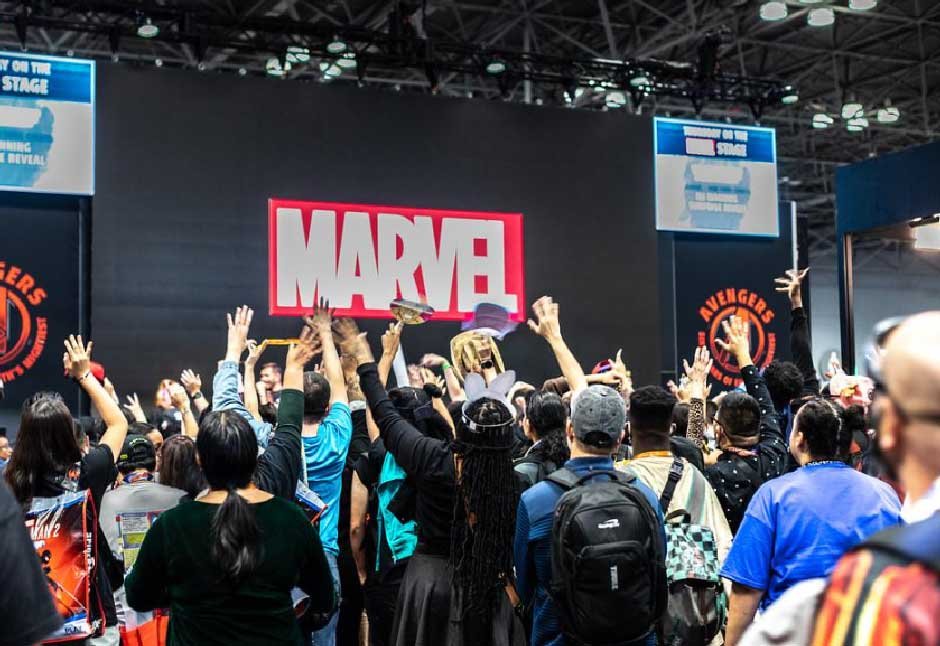Skip to the good bit
ToggleWhile it can be seen as a little overbearing and toxic when taken to extremes, many of our favourite pieces of entertainment simply wouldn’t exist without their fans. Fandom is something akin to religion for millions of people across the world, whether it’s built on people sharing a love of the same bands, comics, video games, or personalities.
While the internet has created a natural home for fandoms of all shapes and sizes, however, there’s something special about spending physical time with those who share your passions. For so many, music and movie stores remain hives of activity for fans of everything from the Marvel expanded universe to BTS.
The Intersection of Retail and Fandom
In a digital age filled with streaming services and online communities, it may seem surprising that physical media (from vinyl records to Blu-ray discs) has been enjoying something of a revival. Independent music shops and large chains alike have benefitted from the enthusiasm of collectors and fans eager to own a tangible piece of their fandom. These physical items, often adorned with artwork and packed with special features, have become sought-after tokens of dedication.
Retailers, in turn, have responded by enhancing the in-store experience. The recent reopening of HMV’s flagship store on Oxford Street in London exemplifies how physical stores are reclaiming their positions as cultural hubs, offering not just products but also immersive experiences that appeal to fans. It stands as a testament to the store’s enduring significance in UK pop culture.
The Historical Significance of Music and Movie Stores in Fandom
Historically, music and movie stores have always been more than mere retail outlets: they have served as the heart of fan communities. In the pre-internet era, shops like Our Price, Virgin Megastore, and even smaller independent retailers became meeting points for people to discover, discuss, and swap recommendations on new releases or beloved cult classics. Their impact in fostering lasting fan communities cannot be overstated.
Music shops played a key role in forming the “cultural identity” of younger audiences. By hosting listening booths, providing posters, and curating limited-edition items, these stores helped fans deepen their connections to music and movies, which in turn nurtured community bonds that persist even in today’s digital climate.
The Role of Physical Stores in the Digital Age
With streaming platforms like Netflix and Disney+ now dominating the market, why do physical stores continue to thrive? The answer lies in the experience. Fans derive immense pleasure from physically leafing through vinyl records, reading liner notes, admiring album artwork, and immersing themselves in a shop’s atmosphere. Physical stores also serve as spaces of discovery. Even in an era of algorithm-driven recommendations, stumbling upon an unfamiliar artist or film while browsing physical shelves can feel like striking gold.
Fandom is all about forming deeper emotional connections with the source material, and physical stores provide touchpoints for exactly that. By attending to both the collectibles and communal aspects of fan experience, music and movie retailers position themselves as indispensable and accessible in a world flooded with more passive virtual options.







